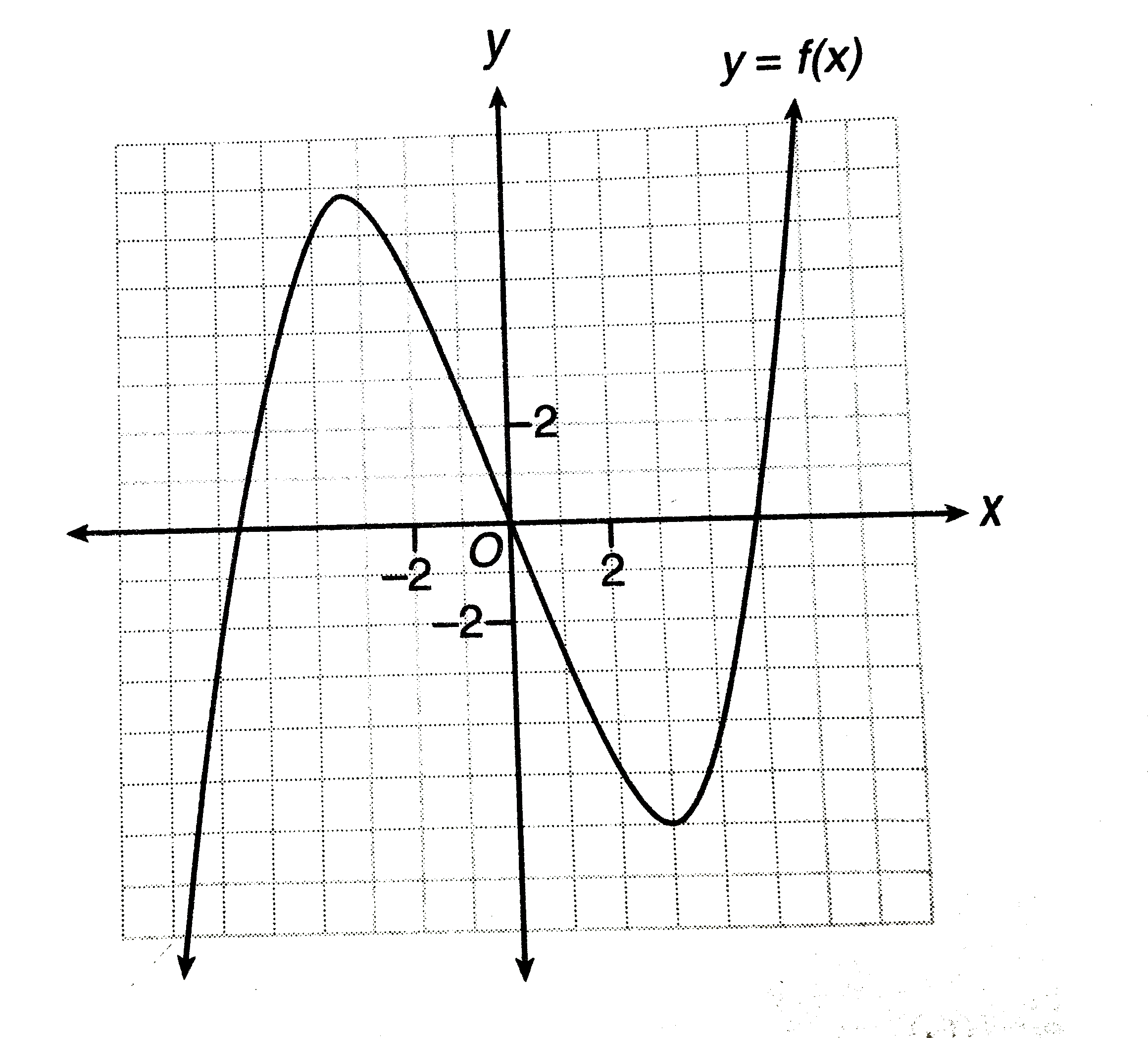Let f(n) be the number of regions in which n coplanar circles can divide the plane. If it is known that each pair of circles intersect in two different points and no three of them have common points of intersection, then (i) f(20)=382 (ii) f(n) is always an even number (iii) f−1(92)=10 (iv) f(n) can be odd
To solve the problem regarding the function f(n), which represents the number of regions in which n coplanar circles can divide the plane, we will analyze the given statements step by step.
Step 1: Understanding the Function f(n)
The function f(n) can be defined based on how many regions n circles can create in a plane. Each pair of circles intersects at two points, and no three circles intersect at the same point.
Step 2: Finding Values of f(n)
Let's calculate the values of f(n) for the first few integers:
- For n=1: A single circle divides the plane into 2 regions.
f(1)=2
- For n=2: Two circles intersecting at two points divide the plane into 4 regions.
f(2)=4
- For n=3: Three circles can create up to 8 regions.
f(3)=8
- For n=4: Four circles can create up to 14 regions.
f(4)=14
- For n=5: Five circles can create up to 22 regions.
f(5)=22
Step 3: Establishing a Pattern
From the calculated values:
- f(1)=2
- f(2)=4
- f(3)=8
- f(4)=14
- f(5)=22
We can observe the differences:
- f(2)−f(1)=2
- f(3)−f(2)=4
- f(4)−f(3)=6
- f(5)−f(4)=8
The differences themselves seem to follow a pattern:
f(n)−f(n−1)=2(n−1)
Step 4: General Formula
From the pattern, we can derive a recursive relation:
f(n)=f(n−1)+2(n−1)
Step 5: Verifying Statements
1. Statement (i): f(20)=382
- We can calculate f(20) using the recursive relation or by observing the pattern. This statement is correct.
2. Statement (ii): f(n) is always an even number.
- Since f(1)=2 (even), and every subsequent f(n) is derived from adding an even number to the previous f(n−1), this statement is also correct.
3. Statement (iii): f−1(92)=10
- This means f(10)=92. We can calculate f(10) using the established pattern. This statement is correct.
4. Statement (iv): f(n) can be odd.
- Since we have established that f(n) is always even, this statement is incorrect.
Conclusion
Based on the analysis:
- Correct Statements: (i), (ii), (iii)
- Incorrect Statement: (iv)
f(1)=2
f(2)=4
f(3)=8
f(4)=14
f(5)=22
- f(1)=2
- f(2)=4
- f(3)=8
- f(4)=14
- f(5)=22
- f(2)−f(1)=2
- f(3)−f(2)=4
- f(4)−f(3)=6
- f(5)−f(4)=8
f(n)−f(n−1)=2(n−1)
f(n)=f(n−1)+2(n−1)
- We can calculate f(20) using the recursive relation or by observing the pattern. This statement is correct.
- Since f(1)=2 (even), and every subsequent f(n) is derived from adding an even number to the previous f(n−1), this statement is also correct.
- This means f(10)=92. We can calculate f(10) using the established pattern. This statement is correct.
- Since we have established that f(n) is always even, this statement is incorrect.
- Correct Statements: (i), (ii), (iii)
- Incorrect Statement: (iv)
Topper's Solved these Questions
Similar Questions
Let N denotes,the greatest number of points in which m straight lines and n circles intersect. Then,
View SolutionThere are n straight lines in a plane, no two of which are parallel and no three pass through the same point. Their points of intersection are joined. The number of fresh lines thus formed is
View Solution
Knowledge Check

16-18 The graph of polynomial function f is shown above.
Q. What is the maximum number of points a circle whose center is at the origin can intersect the graph of y=f(x)?A2B3C4D6
Write converse and inverse of the given conditional statement:
If a number IF is even , then n2 is even.
View SolutionThere are n straight lines in a plane in which no two are parallel and no three pass through the same point. Their points of intersection are joined. Show that the number of fresh lines thus introduced is 18n(n−1)(n−2)(n−3)
View SolutionThere are n straight lines in a plane in which no two are parallel and no three pass through the same point. Their points of intersection are joined. Show that the number of fresh lines thus introduced is 18n(n−1)(n−2)(n−3)
View SolutionLet Pn denotes the number of ways in which three people can be selected out of 'n' people sitting in a row, if no two of them are consecutive. If Pn+1−Pn=15 then the value of 'n is____.
View SolutionLet f(n,k) denote the number of ways in which k identical balls can be colored with n colors so that there is at least one ball of each color. Then f(n,2n) must be equal to a. ^2nCn b. ^2n−1Cn+1 c. ^2n−1Cn d. none of these
View SolutionA circle has the same center as an ellipse and passes through the foci F1andF2 of the ellipse, such that the two curves intersect at four points. Let P be any one of their point of intersection. If the major axis of the ellipse is 17 and the area of triangle PF1F2 is 30, then the distance between the foci is
View SolutionProve that the curves y=f(x),[f(x)>0],andy=f(x)sinx,wheref(x) is differentiable function, have common tangents at common points.
View Solution
